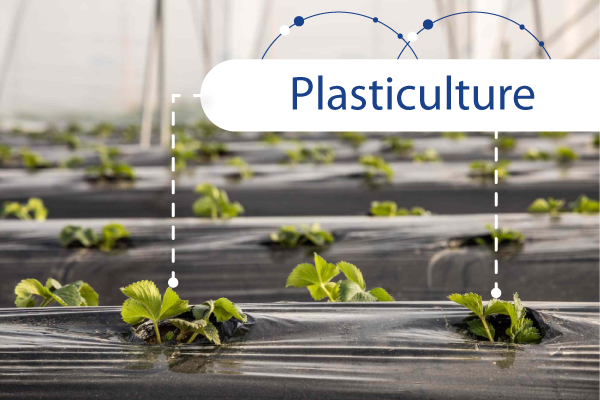The term plasticulture has been coined due to the growing agricultural industry in much of the world, currently, according to data from the FAO (Food and Agriculture Organization of the United Nations) indicate that about 25% of crops in Mexico, one of the main exporters of fruits and vegetables to the US and the world, are lost due to pests, diseases, lack of rain, among others.
The use of different plastic devices to counteract these problems gives rise to the use by different authors and directors of the plastic industry of the word plasticulture. Plastic or devices made of plastic resins have allowed agriculture to function better, crops can be protected, irrigated, and even nourished over time.
Prolonged-release capsules in plasticulture
Farmers began to realize that many of the crops did not take place because the fertilizers, pesticides, or other chemicals that help the crops had a single application moment, therefore, the implementation of capsules has begun that degrade over time, these are made of polymeric materials and other agents so that they can break at the right time. In this way, the plant can receive the necessary nutrients or medications on time, this benefits the soil so that it does not have as much impact due to the toxic substances applied.
Recycling of agrochemical plastic containers
Among the actions that farmers used to use when they had to dispose of plastic products are, first of all, burying them, this contributes to the contamination of the soil and aquifers and, on the other hand, they were burned, allowing the gases emitted to be released into the air.
Now, this has been left behind, the commitment to sustainability has contributed to farmers being more aware that this does not benefit the environment, therefore, they are collecting devices and plastic containers to give it the appropriate treatment so that they can go through a recycling process.

